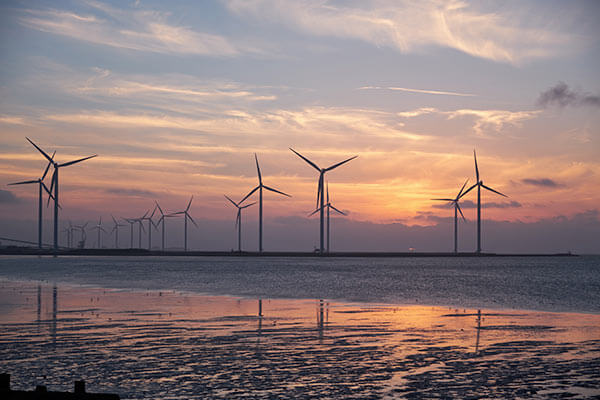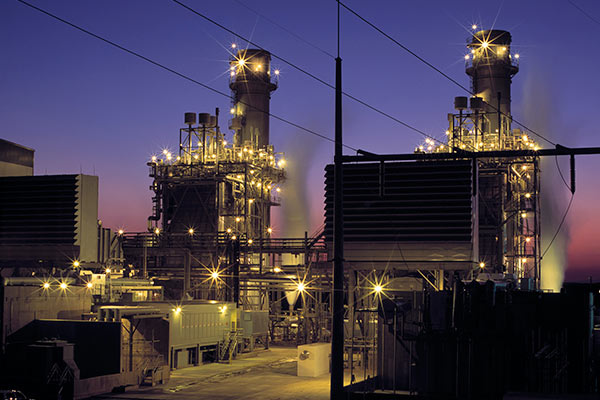Risk Management In Energy & Power Sector
Energy & Power industry in Australia and New Zealand
The Energy & Power industry can be divided into four major segments:
The Generation Sector
The electricity generation sector includes the production of electricity from renewable sources such as coal and gas and non-renewable sources including hydro, solar and geothermal sources.
The Transmission Sector
The electricity transmission sector involves the operation of high-voltage electric power transmission systems and control electricity transmission from generating plants to distribution networks. Transmission includes the use of power lines and transformer stations. The primary activities are high-voltage electricity transmission and substation operations.
The Distribution Sector
The electricity distribution sector considers the companies that operate low-voltage electricity distribution systems to deliver electricity to consumers and the companies that transport electricity sourced from upstream high-voltage transmission networks. Some of the primary services are held on behalf of electricity retailers such as electricity distribution, streetlight operation and smart meter installation.
The Retailer Sector
Electricity retailing involves the buying of electricity from generators and selling it to the end user and involves the relationship between the retailer and consumer.
Australian the Energy and Electricity industry legislation
- Australian Energy Market Act 2004
- Australian Renewable Energy Agency Act 2011
- Australian Renewable Energy Agency (Consequential Amendments and Transitional Provisions) Act 2011
- Building Energy Efficiency Disclosure Act 2010
- Clean Energy Finance Corporation Act 2012
- Clean Energy Legislation (Carbon Tax Repeal) Act 2014
- Clean Energy Regulator Act 2011
- Clean Energy Legislation Amendment Act 2012
- Competition and Consumer (Industry Code
- Electricity Retail) Regulations 2019
- Emergency Management Act 2013 (VIC)
- Emergency Management Act 2005 (WA)
- State Emergency and Rescue Management Act 1989 (NSW)
- Disaster Management Act 2003 (QLD)
- Emergency Management Act 2004 (SA)
- Emergency Management Act 2006 (TAS)
- Emergency Management Act 2013 (NT)
- Greenhouse and Energy Minimum Standards Act 2012
- National Greenhouse and Energy Reporting Act 2007
- Renewable Energy (Electricity) Act 2000
- Renewable Energy (Electricity) Amendment Act 2015
- Renewable Energy (Electricity) (Large-scale
- Generation Shortfall Charge) Act 2000
- Renewable Energy (Electricity) (Small-scale
- Technology Shortfall Charge) Act 2010

New Zealand Energy & Electricity industry legislation
Some New Zealand legislation that may be applicable to your business in the energy and electricity industry may include, but may not be limited to:
- Electricity Act 1992
- Electricity Industry Act 2010
- Energy Companies Act 1992
- Energy Efficiency and Conservation Act
- 2000Energy (Fuels, Levies, and References) Act 1989
- International Energy Agreement Act 1976
These lists are not exhaustive, and there may be additional legislation that is applicable to your business’ circumstances.
Energy and Electricity Industries Risk Management
- 25th May 2021 – 400,000 Queenslanders lost electricity supply after a fire at Queensland’s Callide power station.
- 28th September 2016 – South Australia experienced a state-wide blackout.
- 16th January 2007 – A bushfire caused an outage of the interconnector between Victoria and New South Wales, leaving up to 200,000 people without electricity.
- 31st January 2020 – AusNet Services’ transmission’s double circuit 500 kV overhead electric line between the Moorabool Terminal Station to Tarrone Terminal Station experienced an outage.
- 28th- 29th January 2018 – Unexpected electricity outages in Victoria lead to over 94,000 people losing power supply to their homes. Resilient Services investigated the cause of the outage and co-authored a report for the Victorian Premier, a copy of which can be accessed via https://www.energy.vic.gov.au/__data/assets/pdf_file/0021/328260/Post-Event-Review-Power-Outages-28-and-29-January-2018.pdf https://www.energy.vic.gov.au/__data/assets/pdf_file/0021/328260/Post-Event-Review-Power-Outages-28-and-29-January-2018.pdf
- 29th January 2020 – A major storm that hit Perth left 50,000 homes and businesses in Western Australia without electricity.
- 1st March 2021 – Cyclone Niran resulted in the loss of electricity to the city of Cairns for several hours.
- February 2020 – 140,000 Sydney homes were left without electricity for several days after severe storms impacted transmission and distribution lines.

Emergency Management Plans, Procedures, Exercises and Training for the Energy and Electricity Industries
Contact Us Now
Want to discover how we can assist your department with our services?
Fill out an enquiry form or call us on 0439 005 271 to find out more and to see how we can help your business prepare for the unknown.
Book your FREE 30 minutes resilience assessment now
- Discuss your challenge
- Walk away with the next steps
- You will get your situation evaluated
What our clients are saying
“It was thoroughly enjoyable to work with the team at Resilient Services. Clearly, this team is enthusiastic, enjoys what they do, and is proud of what they produce.”
Head of Corporate Risk.
Oil and Gas Producer
“Business continuity plan is comprehensive and flawless.”
Top 4 Australian
Accounting Firm 2021

